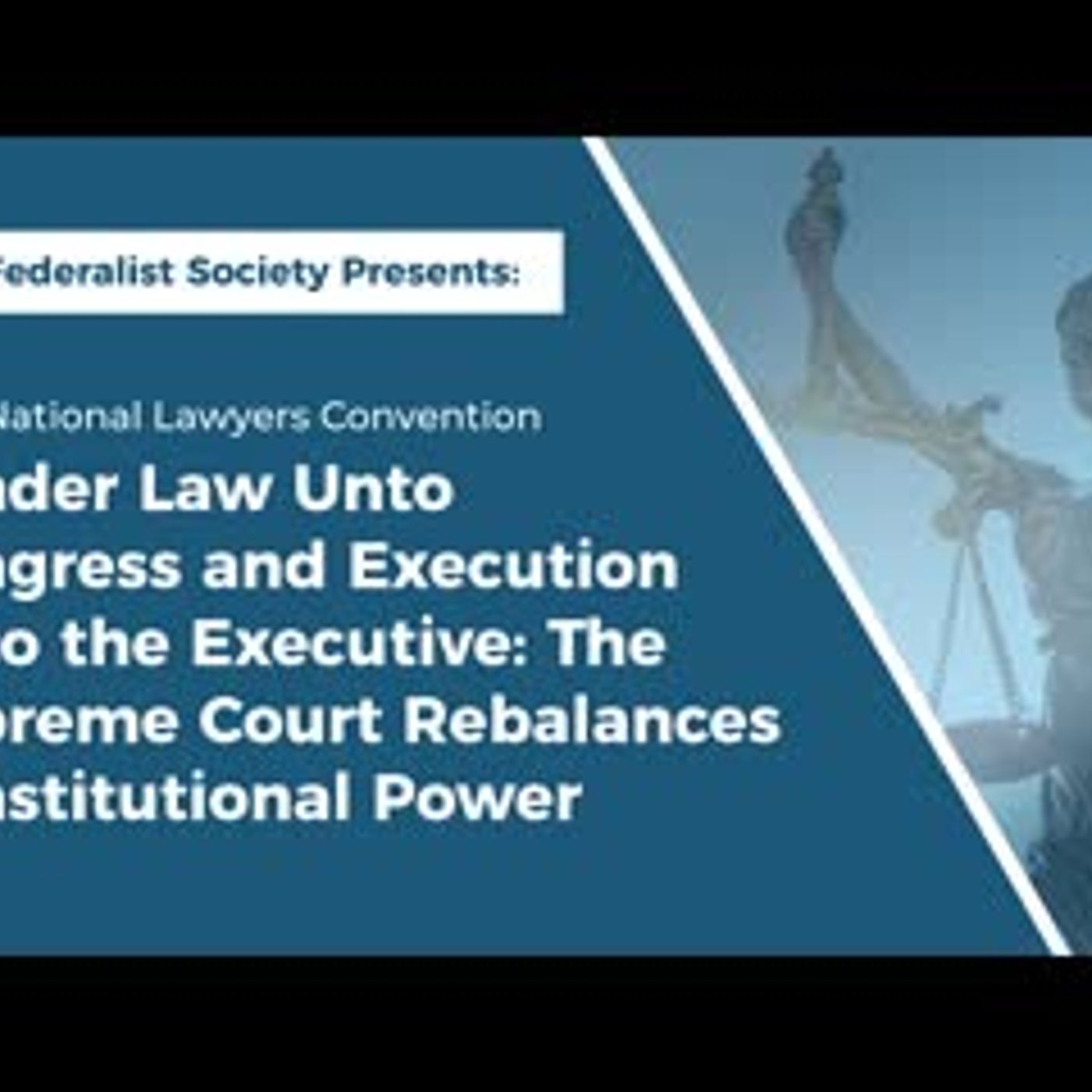- News
- Politics
- SEE MORE
- classical
- general
- talk
- News
- Family
- Bürgerfunk
- pop
- Islam
- soul
- jazz
- Comedy
- humor
- wissenschaft
- opera
- baroque
- gesellschaft
- theater
- Local
- alternative
- electro
- rock
- rap
- lifestyle
- Music
- como
- RNE
- ballads
- greek
- Buddhism
- deportes
- christian
- Technology
- piano
- djs
- Dance
- dutch
- flamenco
- social
- hope
- christian rock
- academia
- afrique
- Business
- musique
- ελληνική-μουσική
- religion
- World radio
- Zarzuela
- travel
- World
- NFL
- media
- Art
- public
- Sports
- Gospel
- st.
- baptist
- Leisure
- Kids & Family
- musical
- club
- Culture
- Health & Fitness
- True Crime
- Fiction
- children
- Society & Culture
- TV & Film
- gold
- kunst
- música
- gay
- Natural
- a
- francais
- bach
- economics
- kultur
- evangelical
- tech
- Opinion
- Government
- gaming
- College
- technik
- History
- Jesus
- Health
- movies
- radio
- services
- Church
- podcast
- Education
- international
- Transportation
- Other
- kids
- podcasts
- philadelphia
- Noticias
- love
- sport
- Salud
- film
- and
- 4chan
- Disco
- Stories
- fashion
- Arts
- interviews
- hardstyle
- entertainment
- humour
- medieval
- literature
- alma
- Cultura
- video
- TV
- Science
- en
Render Law Unto Congress and Execution Unto the Executive: The Supreme Court Rebalances Constitutional Power

The Roberts Court is recasting the administrative state according to its view of the separation of powers. It is giving the President more authority to fire his subordinates and creating a hierarchical executive where the President and his principal officers have more authority over appointments and decision making. It is forcing the legislature to speak clearly when it wants to vest agencies with major powers and expressing interest in reinvigorating limits on some delegations of legislative power. It is strengthening the judiciary’s interpretative role, declining to give as much deference to regulatory interpretations by agencies. Is its view coherent and sound? Should the Court square its vision with a modern government that was formed on different principles? If so, how?
Featuring:
Prof. Aditya Bamzai, Martha Lubin Karsh and Bruce A. Karsh Bicentennial Professor of Law, University of Virginia School of Law
Hon. Thomas B. Griffith, Special Counsel, Hunton Andrews Kurth LLP; Former Judge, U.S. Court of Appeals, District of Columbia Circuit
Hon. Sally Katzen, Professor of Practice and Distinguished Scholar in Residence; Co-Director of the Legislative and Regulatory Process Clinic, New York University School of Law
Prof. Nicholas R. Parrillo, William K. Townsend Professor of Law and Professor of History, Yale Law School
Moderator: Hon. James C. Ho, U.S. Court of Appeals, Fifth Circuit